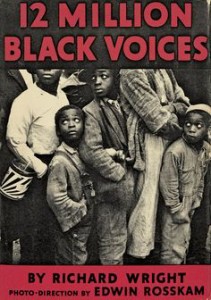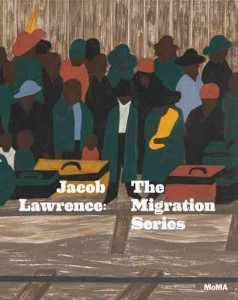It’s University Press Week and we’re celebrating with this guest blog from Steve Yates.
Surprise: You’re now the book editor at a major newspaper!
Today marks the beginning of University Press Week and UPM is very excited to once again participate in the AAUP blog tour. The theme for today’s posts is Surprise (which also matches the online gallery theme) and gives us a chance to talk about a venture that not only surprised us, but is also something we’re very proud of.
The following post from Steve Yates, UPM’s Marketing Director, writes about the surprising results of a collaboration between our university press, an independent bookstore, and a daily newspaper.
If you’ve visited a newspaper’s newsroom lately, there’s no escaping the devastation. Empty chairs, spotless, cleared desks, naked cables sprouting where monitors used to hum and keyboards once clacked—that march down rows of hollowed out cubicles feels funereal.
This is acutely haunting to me. All my nightmares have come true! At seventeen-years-old I was hired by the Springfield, Missouri, News-Leader(the largest newspaper in the Ozarks) as a sports writer and agate clerk, a part-time job that was nearly always full time except in summer.
When I came to Jackson to work at University Press of Mississippi in 1998, the only way to see my wife while we were both awake was to moonlight. I worked as a part-time copy editor while she designed and edited the business section at the Jackson, Mississippi, Clarion-Ledger.
My wife, Tammy Gebhart Yates, worked first at the News-Leader, and then at a succession of newspapers, the last a fifteen-year stint at the Clarion-Ledger. She survived several layoffs—one in which she was terminated then rehired the same morning—before being permanently let go in August 2013.
So I have mixed feelings about this surprise. Doing something for free that other, more qualified journalists once did for a living sometimes just doesn’t feel right. But then, really, before the Mississippi Books page came about at the Clarion-Ledger, nothing remotely like it had existed in the seventeen years I have been a subscriber.
Just before the Great Recession, one of our key bookselling partners, John Evans at Lemuria Books in Jackson, hatched an idea. Since I was in email contact frequently with all our Mississippi independent booksellers (and we have a lot of them) why not ask them to report a top ten bestsellers list each week? Call it, “The Mississippi Bestsellers List.” UPM could crunch the numbers and serve as the (mostly) dispassionate judge.
I was doubtful that a Gannett newspaper would go for it. And, sure enough, they didn’t back then.
Along came the Great Recession, and it seemed everybody (including my wife) was let go. In the turmoil, the newspaper’s then features editor Annie Oeth approached Evans for a meeting about something. But Evans began talking about creating The Mississippi Bestsellers List. When Oeth said yes to that, Evans said, well, okay, what about reviews by Mississippi writers writing about new books by Mississippians or about Mississippi? She said yes again.
 Evans kept the good suggestions rolling, and by January of 2014, UPM publicist Clint Kimberling and I found ourselves part of a team editing and providing two full pages (and often more) of original, local content each Sunday on the Mississippi Books page, which appears both in print and online. Sunday circulation at the Clarion-Ledger, the state’s largest newspaper, considered by the capital and much of the state to be the paper of record, tops 107,000.
Evans kept the good suggestions rolling, and by January of 2014, UPM publicist Clint Kimberling and I found ourselves part of a team editing and providing two full pages (and often more) of original, local content each Sunday on the Mississippi Books page, which appears both in print and online. Sunday circulation at the Clarion-Ledger, the state’s largest newspaper, considered by the capital and much of the state to be the paper of record, tops 107,000.
When working on this project, I spend most of my time recruiting writers and matching them to ideal books. I lean on the team a lot for great suggestions, too. Kimberling writes articles, reviews, and crunches the sales numbers and streamlines the events calendar.
Liz Button’s April 2015 article about the project in Bookselling This Weekdescribes our operation most succinctly.
“Along with the bestseller lists, reviews, and interviews, the Clarion-Ledger’s two- to three-page Books feature… also includes exclusive columns from indie booksellers: Lisa Newman at Lemuria writes a weekly ‘First Editions’ column on rare and collectible books and fine bindings , and Clara Martin, also of Lemuria, writes her own weekly column about children’s and young adult books.
Every week, [editors lay] everything out to create an attractive spread, which includes periodic pieces by local freelance writer Jana Hoops, who interviews many of the big-name authors who come through Mississippi bookstores on tour. ”
Now former Clarion-Ledger reporter Jim “Pathfinder” Ewing regularly adds reviews and articles as well.
The project crosses a non-profit scholarly press with an independent for-profit bookstore and an affiliate of a gigantic, publicly held media conglomerate. Yet I find myself amazed and uplifted week after week. At the table when we gather, we are ego-less. We all want great content and a better book culture in Mississippi—nothing less, and nothing more.
Here are some examples of the voices we have brought to Mississippi book lovers lately.
- Prolific crime novelist Ace Atkins of Oxford
- Doug Shanks, former baseball coach at Mississippi Valley State, one of our eight sponsoring universities and an HBCU, one of three we represent as a scholarly publisher
- And bestselling novelist Greg Iles of Natchez, reviewing bestselling Mississippi novelist John Grisham
From the chaos of a newspaper’s transformations, Kimberling and I now find ourselves part of a team running a book page every Sunday, a good in the world that did not previously exist. Once (and more properly) an agate clerk, I now find myself promoted to some weird kind of editor. No one is more shocked than I.
Surprise!




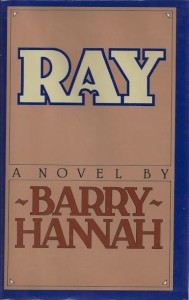 This fragment of “Ray” also differs from the complete version of “Ray” published by Knopf in 1980 as pages 12-26. The publication of Gorgas Oak’s “Neighborhood” provides a rare opportunity to compare an early draft of a literary text with its final form.
This fragment of “Ray” also differs from the complete version of “Ray” published by Knopf in 1980 as pages 12-26. The publication of Gorgas Oak’s “Neighborhood” provides a rare opportunity to compare an early draft of a literary text with its final form.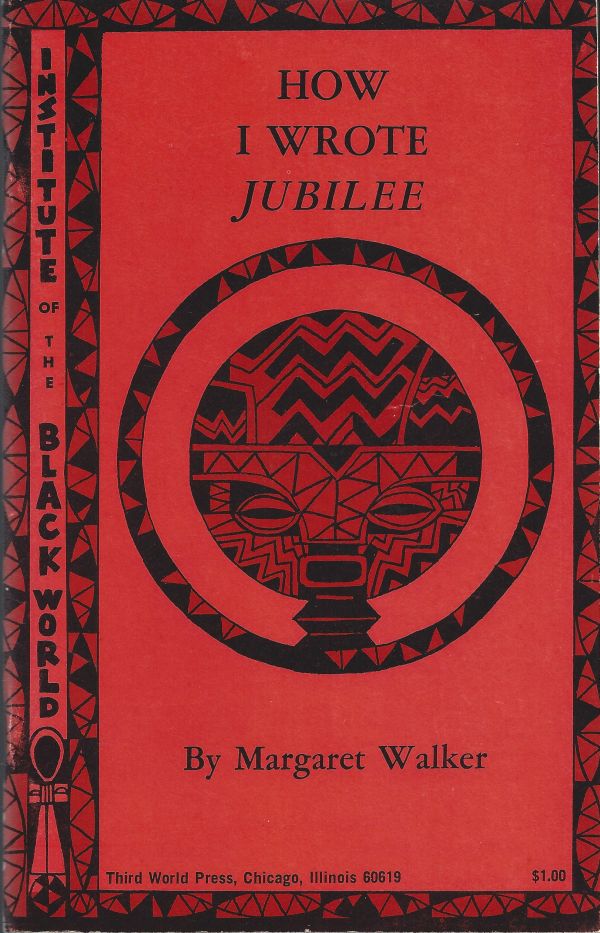
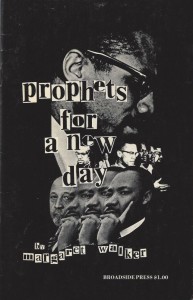
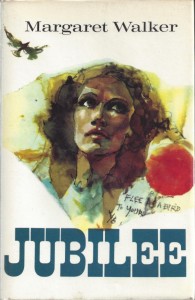
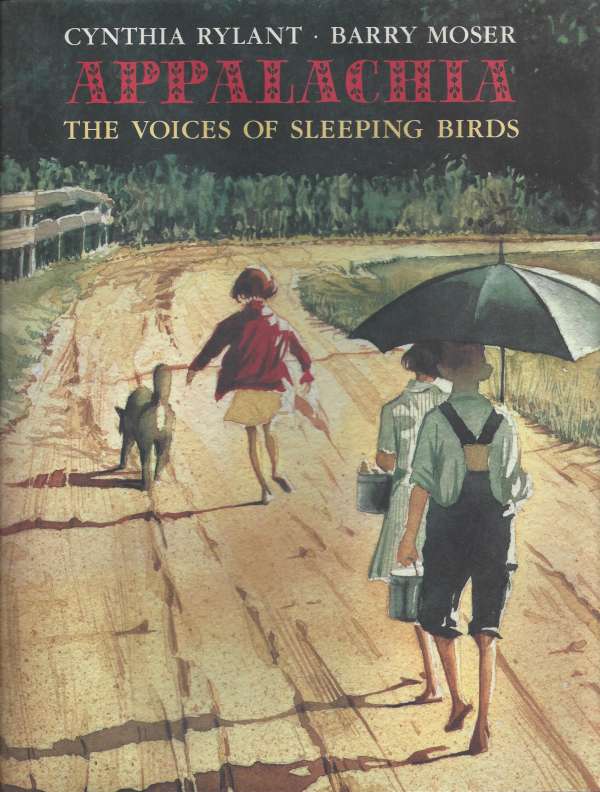

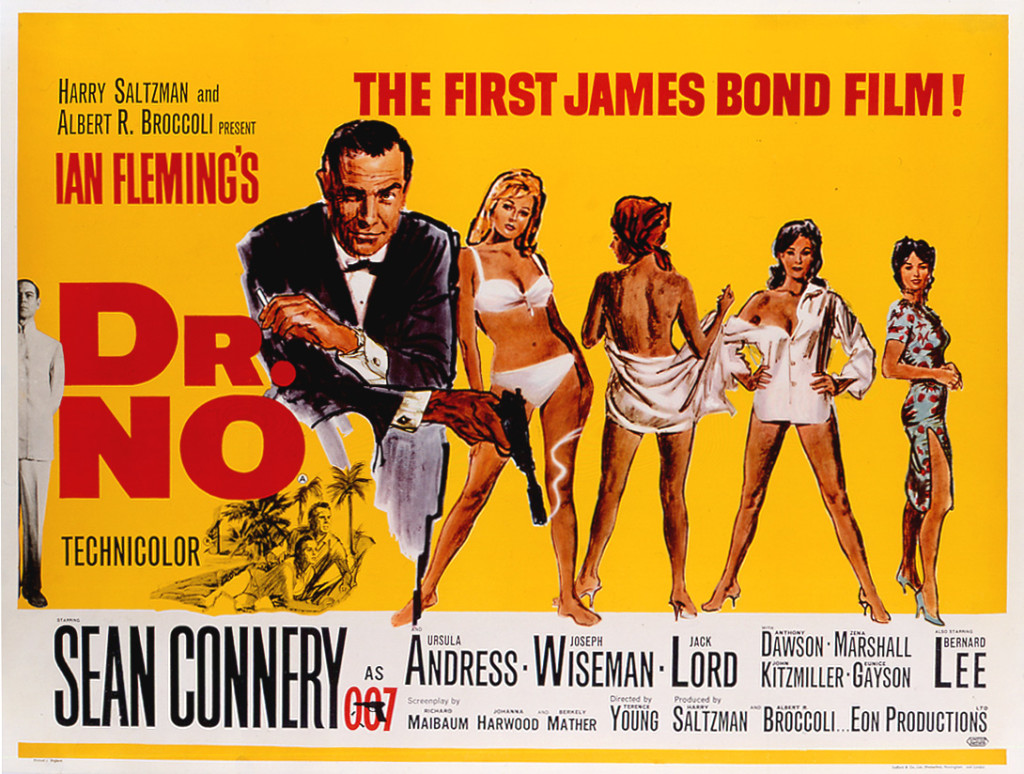
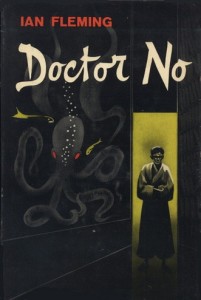
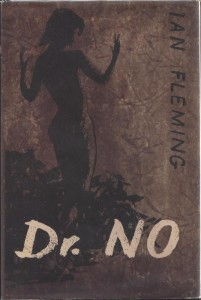
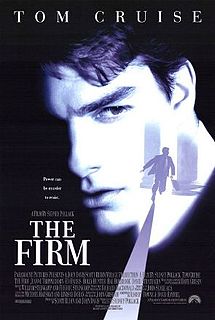 By 1993, John Grisham’s name had become synonymous with the legal thriller and he had published four of his most popular books: “A Time to Kill” (1989); “The Firm” (1991); “The Pelican Brief” (1992); and “The Client” (1993). This same year Doubleday bought the rights from Wynwood press to reissue “A Time to Kill” in hardback. Meanwhile, “The Firm” and “The Pelican Brief” were box office hits in the movie theater, expanding Grisham’s fan base even further.
By 1993, John Grisham’s name had become synonymous with the legal thriller and he had published four of his most popular books: “A Time to Kill” (1989); “The Firm” (1991); “The Pelican Brief” (1992); and “The Client” (1993). This same year Doubleday bought the rights from Wynwood press to reissue “A Time to Kill” in hardback. Meanwhile, “The Firm” and “The Pelican Brief” were box office hits in the movie theater, expanding Grisham’s fan base even further.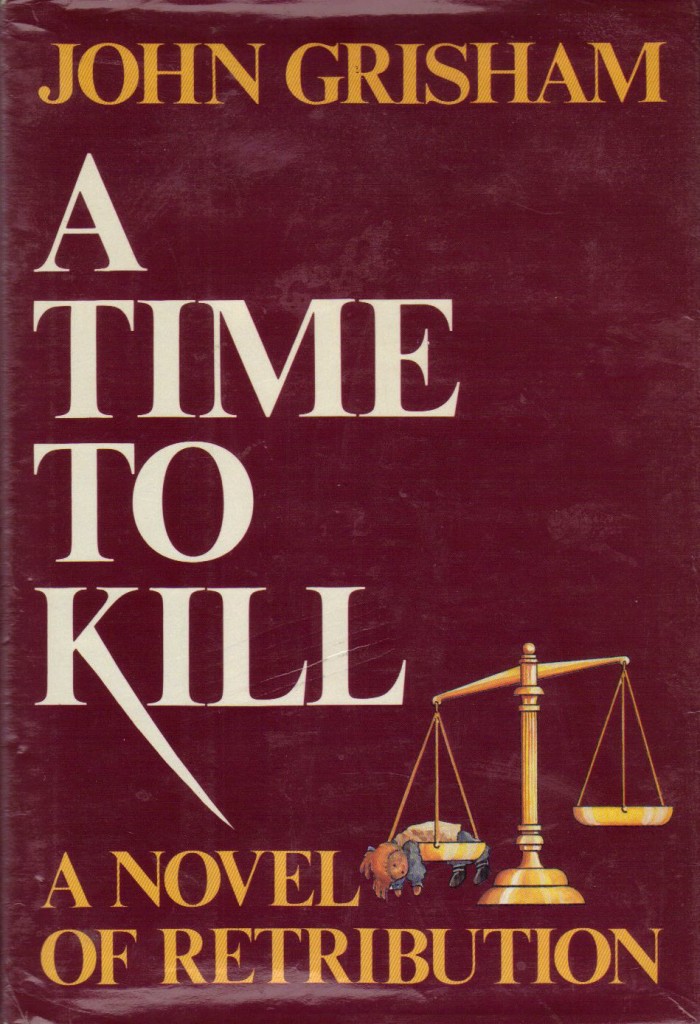
 Every year since “The Client,” Doubleday has issued a limited edition of each of John Grisham’s novels. The legal thrillers are leather-bound, signed and numbered, have decorated end papers, gold stamping, a ribbon marker and are housed in a slipcase. The nonlegal thrillers like “Ford County,” “Skipping Christmas” and “A Painted House” are issued cloth bound and as a group are not always uniform in size as the legal thrillers are. An entire limited edition collection in fine condition—from “A Time to Kill” to the latest book—is valued at around $15,000.
Every year since “The Client,” Doubleday has issued a limited edition of each of John Grisham’s novels. The legal thrillers are leather-bound, signed and numbered, have decorated end papers, gold stamping, a ribbon marker and are housed in a slipcase. The nonlegal thrillers like “Ford County,” “Skipping Christmas” and “A Painted House” are issued cloth bound and as a group are not always uniform in size as the legal thrillers are. An entire limited edition collection in fine condition—from “A Time to Kill” to the latest book—is valued at around $15,000.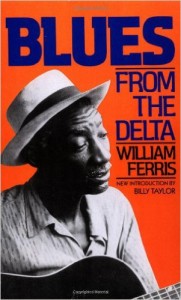

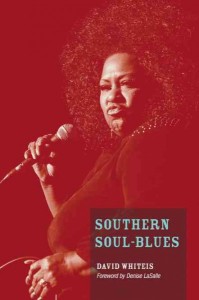
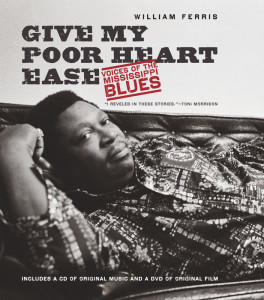

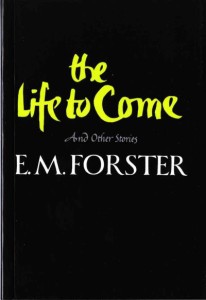
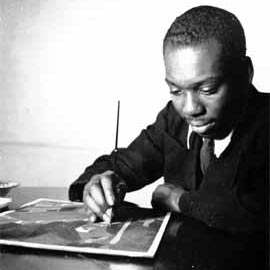 Jacob Lawrence was not your typical painter. He often spent months at a branch of the New York Public Library, taking notes from journals and books and other documents before he would began work on a formal painting project. Lawrence wanted his art to teach history to his people. In describing his research efforts for The Great Migration, Lawrence remarked:
Jacob Lawrence was not your typical painter. He often spent months at a branch of the New York Public Library, taking notes from journals and books and other documents before he would began work on a formal painting project. Lawrence wanted his art to teach history to his people. In describing his research efforts for The Great Migration, Lawrence remarked: